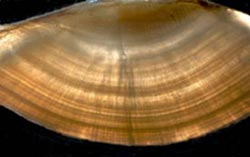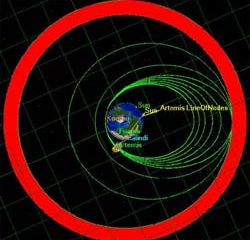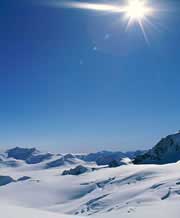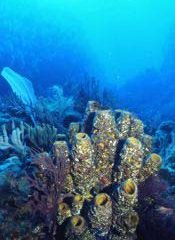Europe’s showpiece in climate monitoring is called Envisat. Fully equipped, the largest, most complex, and most powerful Earth observation satellite of the European Space Agency (ESA) is 25 meters high, ten meters wide and weighs over eight tons, scheduled for launch in the night of 28 February /1st March on an Ariane 5 launcher.
Europe’s flying behemoth is on the trail of climate change. It will deliver data about global warming, ozone depletion and climate change for at least five

Using tiny bone fragments from fossilized fish, scientists have traced the roots of the climate phenomenon known as El Niño, the intermittent warming of ocean waters off the coast of Peru that can affect weather worldwide. According to a report published in the current issue of the journal Science, modern El Niño conditions arose around 5,000 years ago.
Previous research based on fossilized mollusk remains had suggested that El Niño conditions did not exist thousands of years ago, but those

Thanks to ion propulsion, the Artemis mission is turning near-defeat into a success story. Nominal operations could start this summer, with ESA’s satellite, manufactured by Alenia Spazio as prime contractor (I), playing a significant role in the pursuit of high technology and advanced telecommunications.
On 12 July 2001, 30 minutes after lift-off from Europe’s spaceport in Kourou, French Guiana, it became apparent that the Ariane 5 launcher had propelled the Artemis satellite into a transf
Eddies appear in the ocean like in the atmosphere. Atmospheric eddies are short-lived, extremely speedy, and often very hazardous. Oceanic eddies are slower and can be observed only with the use of special equipment, but these eddies gently mixing ocean waters affect the climate in general.
For more than ten years specialists from the Pacific Institute of Oceanology in Vladivostok have observed the oceanic eddies formed at the confluence of two largest undercurrents in the west of the Pacif

Bleak forecast for sea level in 2100.
Sea level could rise by up to 30 centimetres over the next century, a new estimate predicts. That’s almost twice as much as the Intergovernmental Panel on Climate Change (IPCC) projected last year.
“My grandchildren will almost certainly be affected,” says Mark Meier of the University of Colorado, Boulder, who made the revised estimate. Such a rise could push shorelines back by 30 metres, he said, flooding coasts and submerging islands.

Conservation-oriented parks and reserves are fairly common on land, but comparatively few marine regions receive protection from human activities. This situation has, for the most part, elicited little concern, owing to the widely held belief that the large geographic ranges of most marine species would ensure their survival. But new research on restricted-range marine life—that is, species limited to small areas—challenges that idea, identifying 10 regions where further damage to coral reefs could l